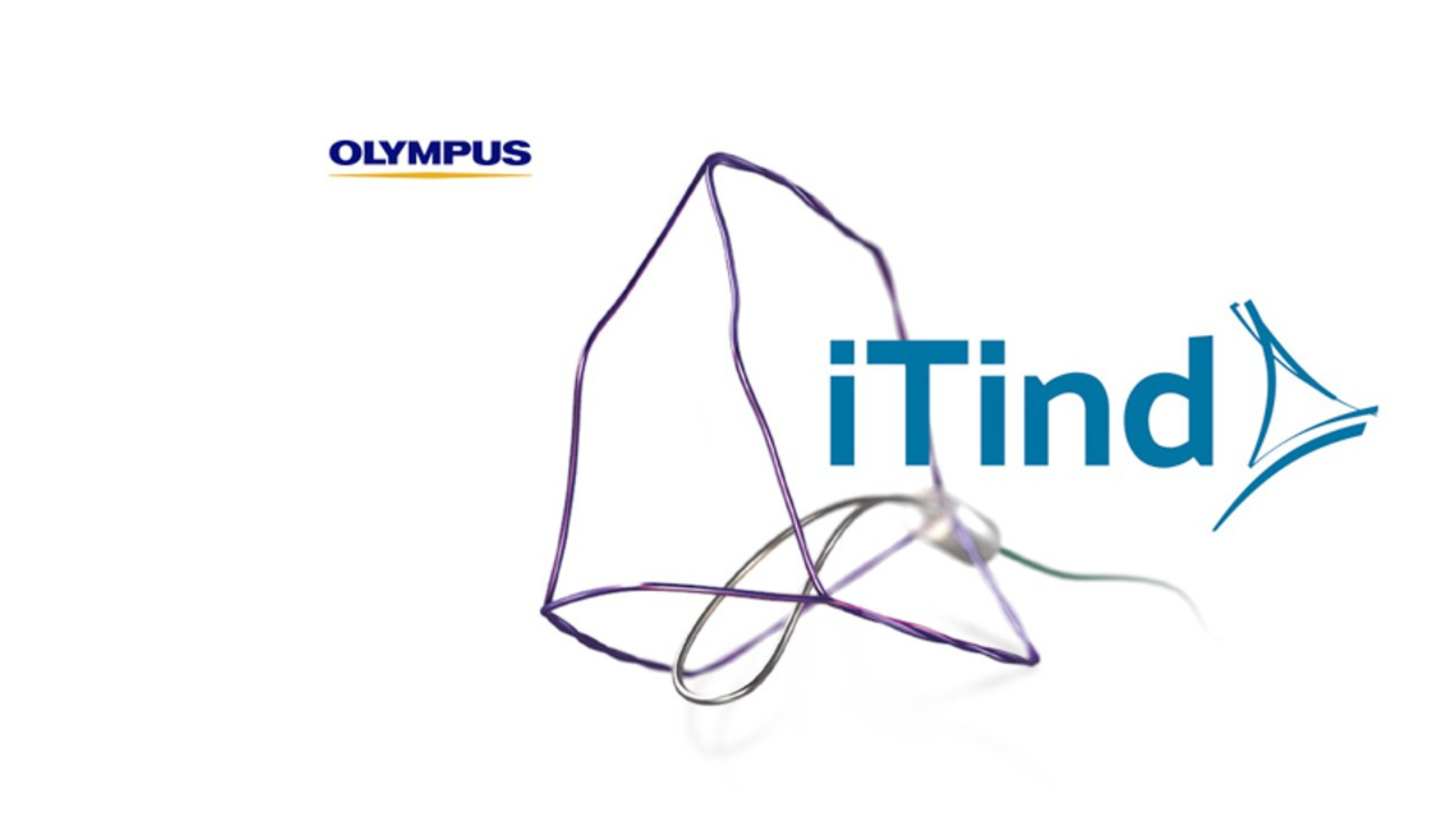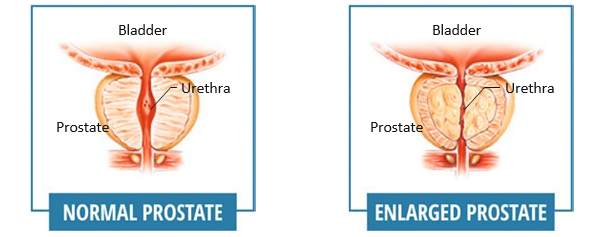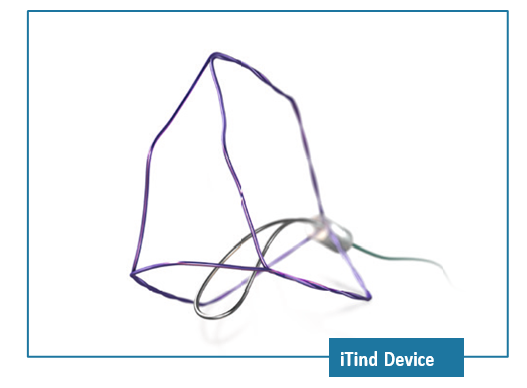Mr Sonpreet Rai
Consultant Urological and Robotic Surgeon
Specialist expertise: Men's Health, Urology, Prostate Cancer Diagnostics, Kidney Stones, BPH Treatment and Surgery, Urinary Infection.
iTind is a minimally invasive and clinically proven treatment that provides rapid and effective relief from BPH symptoms.

What Is BPH?
Benign prostatic hyperplasia (also known as BPH) is a medical term used to describe an enlarged prostate, which can affect how you pass urine. BPH is widespread, affecting about 50% of men by age 60 and up to 90% by age 85.
Many men worry that BPH can turn into prostate cancer, which is not the case. BPH is not cancer and cannot develop into cancer. However, prostate enlargement can disturb your sleep and social life and severely impact your quality of life.
What are the symptoms of BPH?
An enlarged prostate can apply pressure on the urethra, the passage through which urine passes, which affects how you urinate and may cause:

Images provided by Olympus Corp.
What is iTind?
iTind is a minimally invasive and clinically proven treatment that provides rapid and effective relief from BPH symptoms. The treatment involves implanting a small device into the prostate for 5-7 days, after which it is removed. Once the iTind has been implanted, it expands and applies soft pressure, reshaping the tissue, therefore creating a more spacious channel through which urine can flow.
The iTind procedure is an ideal alternative to prescription medication or invasive surgery. You should consider iTind if you do not want to take a pill every day or if you have tried standard drug treatments and were unsatisfied with the level of symptomatic relief or the side effects.

Images provided by Olympus Corp.
The procedure can be performed under light sedation or a local anaesthetic, typically takes less than 30 minutes, and does not involve the heating or removal of prostate tissue. iTind aims to deliver effective symptomatic relief and peace of mind.
The benefits of iTind:
No permanent implant resulting from the procedure.
1. The insertion of the iTind
The iTind is placed in the prostatic urethra in a narrow, folded configuration.
2. The implantation period
During the implantation period (5-7 days), the device widens and exerts gentle pressure at three precise points to remodel the prostatic urethra and opening to the bladder.
3. The removal of iTind
After 5-7 days, the device is removed, aiming to leave a wider opening which the urine can then flow through, to relieve the symptoms of BPH.
1.The Insertion of iTind
The iTind procedure will be performed by a urologist either in an operating room or in an outpatient department. Your urologist may provide some light sedation and a local anaesthetic. A little thin tube with a tiny camera is placed into your urethra to determine where to place the iTind. Your urologist will then place the iTind device in your prostate.Once in place, you should be able to urinate freely and be released to go home. Routinely, there is no need for a catheter.
2. The Implantation Period
During the next 5-7 days, you may return to most normal activities, depending on how comfortable you feel. You may have soreness in the lower abdomen, and sitting may be uncomfortable. You may experience the need to urinate more frequently and with greater urgency. You may also have some blood in your urine. These are all normal reactions.
3.The Removal of iTind
After 5-7 days, your urologist will thoroughly remove the iTind device using a flexible silicone catheter. You may return to normal activities as soon as you’re ready.
Currently selected day
Available consultations
Introduction
Treatment
less than 30 minutes
Preparation
Recovery
Symptoms typically improve over the next 6 to 12...
The specialists at OneWelbeck Men's Health use the latest innovations in healthcare to accurately diagnose and treat a wide range of urological conditions.